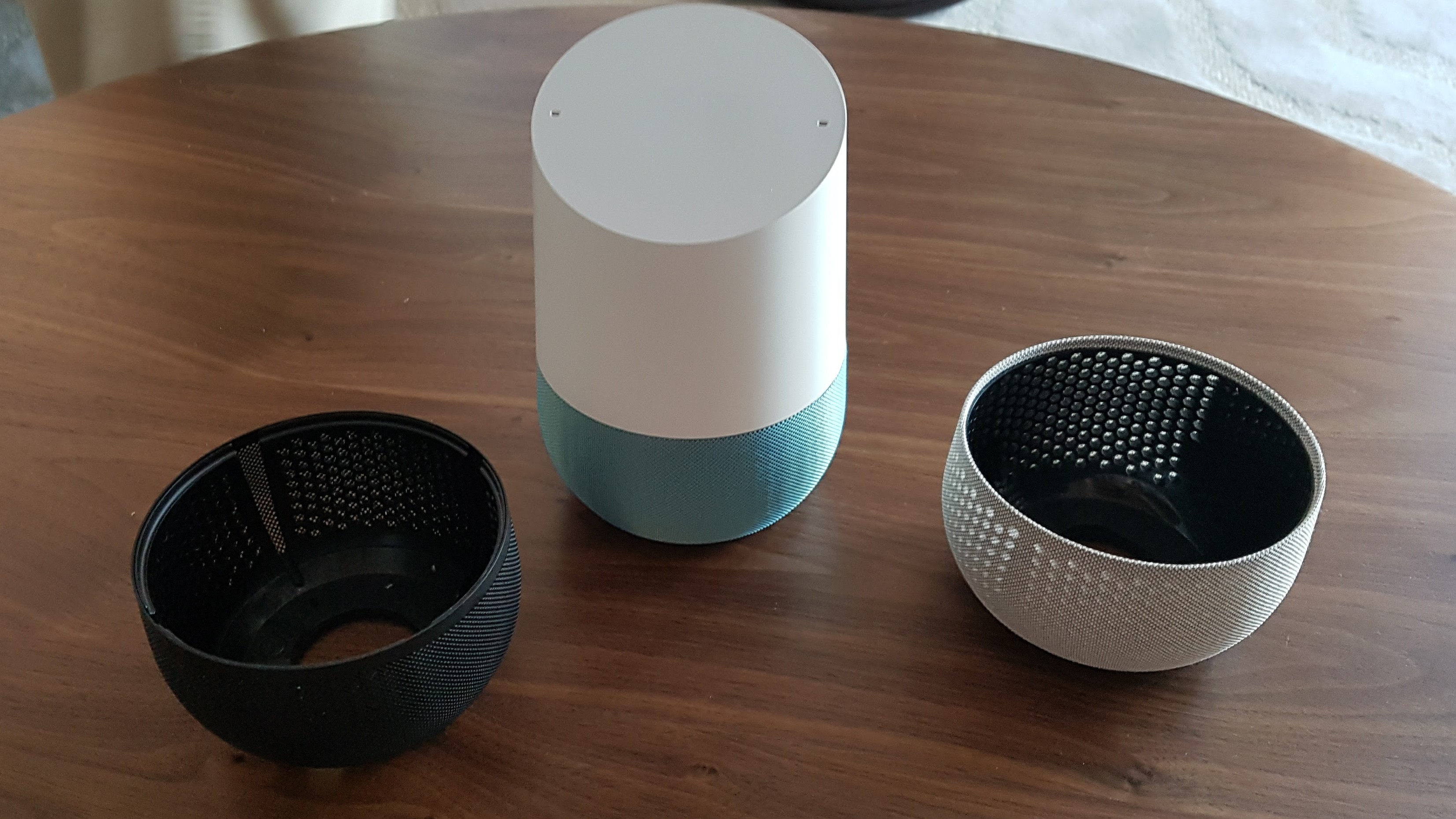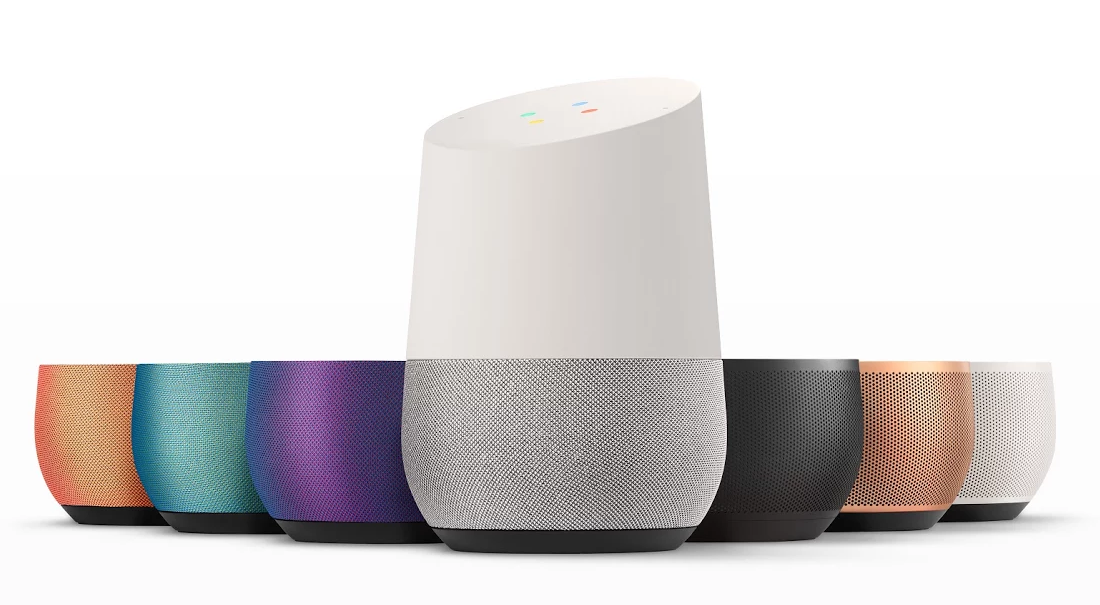
At yesterday’s Made By Google event in San Fransisco, we got our first hands-on look at the new Google Home. The Home is Google’s first foray into the voice activated home assistant market.
The Google Home provides an always listening (for the key phrase “Ok Google” in-house device that users can seemly interact with via voice. What does it do?
The home can complete basic search requests providing spoken responses from various trusted online sources, including Google’s knowledge graph.
The device can act as a voice control hub for your entire first and 3rd party Chrome/ Googlecast devices. Through the Home, you can play music through any speaker, or any predetermined grouping of speakers you like. Ans yes, the Google representatives said it will work wit existing 3rd party Googlecast enabled speakers.
You can also send video to a connected television that has Android TV or a Chromcast device attached.
Through integration with Philips Hue lights, SmartThings, NEST and IFTTT the Google Home has also taken its first steps towards becoming a home automation hub. There was no mention of any first party home automation coming from Google in the foreseeable future.
That’s the tip of the iceberg in terms of what the Google Home can, and will be able to do in the coming months and years. But what about the hardware itself? How did the device sound, feel and respond?
In short excellent on all 3 fronts. The hardware itself is elegant with a plastic egg shell style upper plastic construction and either a metal or fabric finish lower speaker grill.
With a total of 6 colours at launch and almost certainly a litany of unofficial 3rd party bases to start to trickle out soon, the Google Home should be very customisable to your colour preference.

The device is a little smaller than it may appear standing just over 14 cm high and 9 cm wide it would easily blend into the normal domestic background without any issues. The minimalist look of its front aspect is only highlighted when you are interacting with the device.
A crowded and noisy convention hall is not the best place to test the far-field microphones (yes the Google Home includes far-field mic technology) abilities, nor the audio quality of the speakers. However, I did anyway.
When close, or facing the device from a distance the home picked up my voice first-time every time. When I was facing away or the crowd noise was higher it often couldn;’t hear me. We’re not really going to be able to find out how the Far-field mics work until we give it the full review process.
The speaker, on the other hand, sounded great. I have several Bluetooth speakers at home and even in the demo area I got a sense that for anyone other than obsessive audiophiles the Google Home’s speakers would more than suffice in range and volume for daily use.
Whilst there were no official announcements made about Australian availability the message from many Google representatives I spoke to was clear. They want to get the Google home out across all of their major markets. Reading between the lines we may even hear something before year’s end with potential hardware reaching our shores early 2017.
We’ve got 3 videos for you below showing off the Google Home and some of its abilities.
First, we have a quick look at the Google home some of what it can do.
Here is a look at some of Google Homes integration across the home.
Finally, we take a look at the swappable covers and take a peek under Home’s skirt.
Duncan attended the Made By Google event in San Francisco as a guest of Google Australia. Ausdroid would like to thank HP Australia for supporting our coverage of the event.




Are the lights on top LEDs or is it a display? And it’s supposed to be touch sensitive, is it?
Personally I’m looking forward to them open it up. They specifically mentioned Raspberry Pi, and SDK – which would be interesting…
So I guess that means it works with Aussie Google accounts then.
Another point in favour of me importing.
I would assume so, let’s let Dan import one first!
I’m happy to play Guinea pig! Just need to find a smart home system that works in Australia like smartthings, otherwise it’s only half a solution.